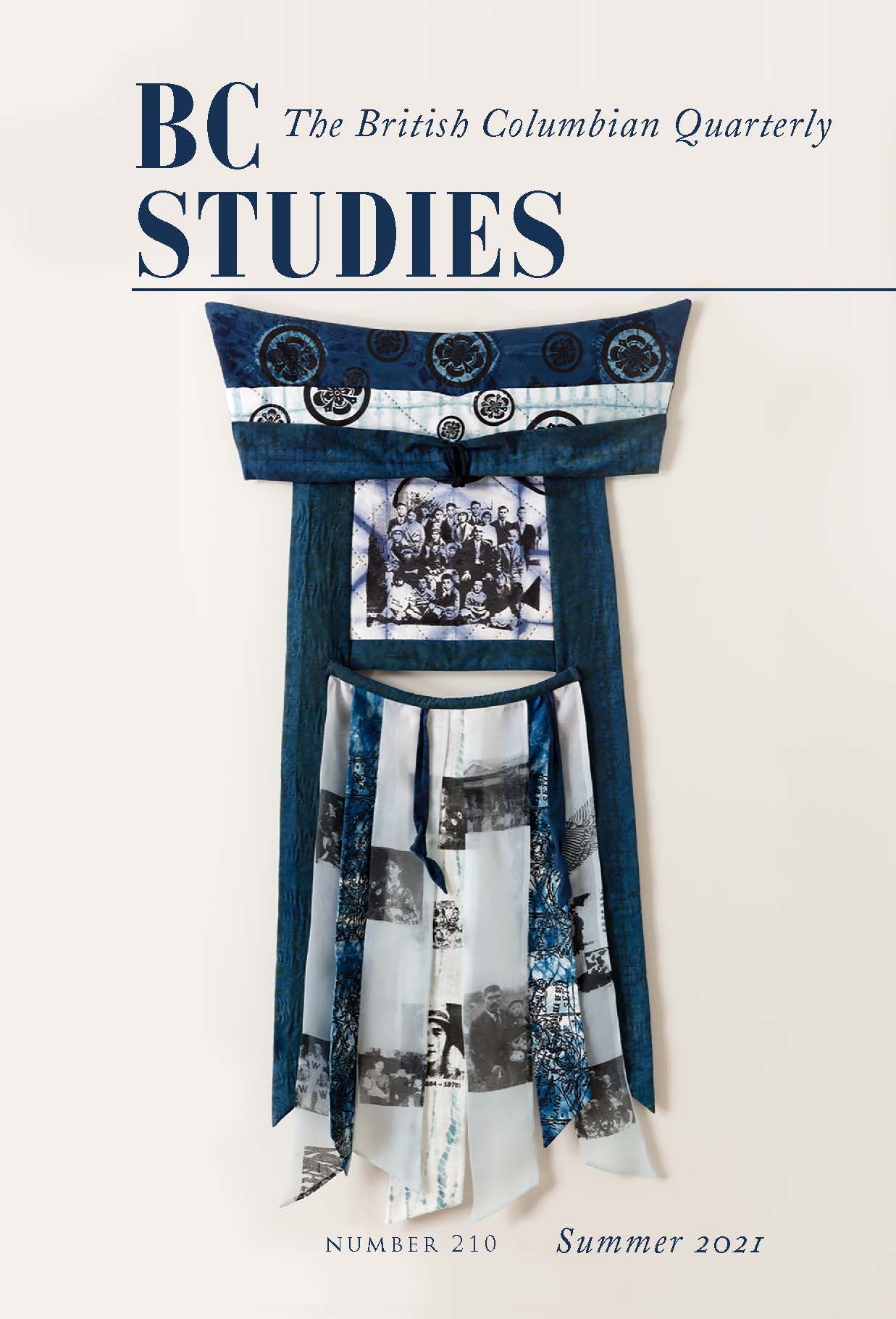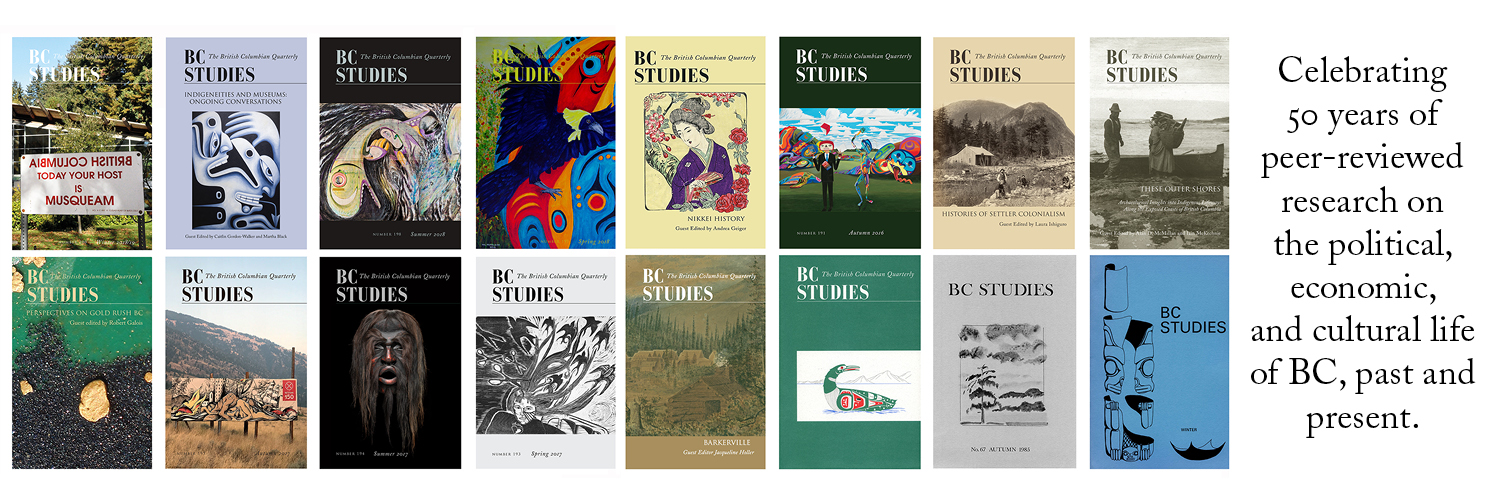The Nikkei Called it Gon Island: A Story of Settlement and Dispossession on Mayne Island
DOI:
https://doi.org/10.14288/bcs.vi210.194418Keywords:
agriculture, Japanese Canadian internment, Mayne Island, race and racismAbstract
Like recent community research and scholarly analysis, this article aims to open new doors in our understanding of the Japanese Canadian experience in Canada by focusing on the experiences of two Mayne Island families, Kadonaga and Nagata, the latter in the context of their greenhouse operation at Campbell Bay where my family now lives. I hope, through this microhistory of two Mayne Island families, their pioneering experience and consequent dispossession, and then placing that in the context of their declarations to the Bird Commission in 1948, to give focus to the experience of these Islanders and reveal details and truths that are lost in the big picture. Reclaiming this and how it relates to my family property on Mayne Island has been a way for me to confront and acknowledge the racism and white supremacy woven into the fabric of our Province and our communities.



